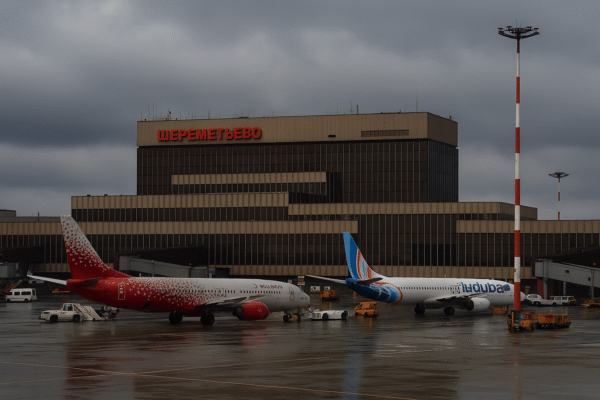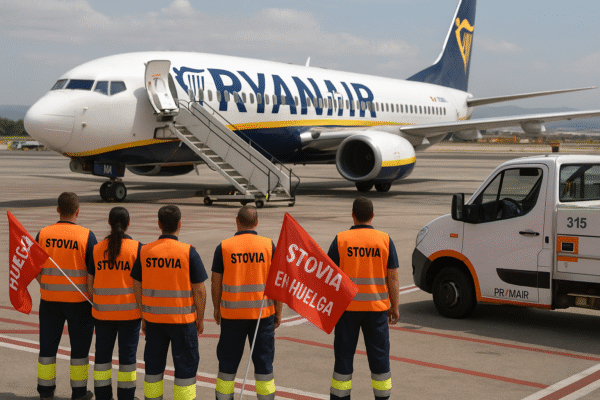Changsha, the capital of Hunan Province in central China, is rapidly positioning itself as a vital player in the Belt and Road Initiative (BRI) by leveraging its renowned expertise in engineering machinery and expanding its cultural and technological collaborations with Saudi Arabia and beyond.
At the heart of Changsha’s participation in the BRI is its engineering prowess. The Xiangjiang New Area, a major innovation hub within the city, has become a launchpad for enterprises contributing to strategic infrastructure development in Belt and Road partner nations. In 2025, several landmark projects were carried out by Changsha-based companies in Saudi Arabia, reinforcing the city’s role in building a China-Arab community with a shared future.
Zoomlion Leads the Way in Saudi Infrastructure Expansion
A highlight of this collaboration is Zoomlion Heavy Industry Science & Technology Co., Ltd., a leading player in construction machinery. In February 2025, the company’s ZE215G excavator demonstrated its technical capabilities at a construction site in Saudi Arabia, signaling China’s ongoing contribution to the kingdom’s Vision 2030 infrastructure goals.
Wang Yongxiang, Co-President of Zoomlion, emphasized that the company has adopted a localized R&D strategy to better serve international markets like Saudi Arabia. Its partnership has expanded from basic equipment exports to include strategic alignment in technology, after-sales services, and logistics. A robust “1+11+4” service network—anchored in Riyadh and covering 15 key cities—ensures operational support across Saudi Arabia, setting a new standard for transnational industrial partnerships.
CiDi and Smart Mobility: Pioneering Desert-Compatible Technologies
CiDi (Changsha Intelligent Driving Institute), a leading hard-tech enterprise from Changsha specializing in autonomous driving, is also expanding its international reach through high-impact partnerships in the Gulf region. Collaborating with King Abdullah University of Science and Technology (KAUST), CiDi is co-developing sensor technology for unmanned mining trucks tailored to Saudi Arabia’s desert terrains.
Furthering this ambition, CiDi signed a strategic agreement with King Abdulaziz City for Science and Technology (KACST) to co-establish a national intelligent transportation lab in the kingdom. These initiatives not only promote bilateral innovation but also support Saudi Arabia’s shift toward smart and sustainable transportation infrastructure.
In a commercial push, CiDi also partnered with Galadari Group, a major distributor of heavy equipment in the Middle East, to supply new-energy smart heavy trucks to the Saudi market. This move is expected to significantly accelerate the kingdom’s green mobility transformation.
Bridging Civilizations Through Cultural Diplomacy
Beyond engineering, Changsha is also making headlines for its cultural diplomacy. Recognized by UNESCO as China’s only “Creative City of Media Arts,” Changsha has used this platform to build meaningful cultural bridges through its influential media industry.
On June 16, 2025, the Dubai Department of Economy and Tourism (DET) and Hunan Broadcasting System signed a strategic memorandum of cooperation. This agreement aims to foster media co-creation, tourism promotion, and cultural storytelling, allowing Chinese audiences to explore Dubai’s multicultural charm through engaging content produced by Hunan Satellite TV and Mango TV.
The collaboration is designed to enhance mutual understanding between China and the Arab world, using media and creative content as vehicles for soft power and cultural tourism. Earlier collaborations between Hunan Broadcasting and Dubai-based agencies have resulted in several successful programs that have boosted cultural awareness and people-to-people exchange.
Changsha’s Dual-Track BRI Strategy: Infrastructure and Soft Power
Changsha’s role in the BRI exemplifies a comprehensive strategy that integrates hard infrastructure with soft diplomacy. While engineering giants like Zoomlion and CiDi power tangible development in critical industries, institutions like Hunan Broadcasting System ensure that cultural connection and mutual respect flourish between China and BRI partner nations.
These collaborations not only reflect the vision of the Belt and Road Initiative—promoting inclusive global development and people-to-people connectivity—but also demonstrate the strength of regional Chinese cities like Changsha in contributing to national diplomacy and economic expansion.
Looking Ahead: Hunan’s Model for Global Engagement
Changsha’s success under the BRI framework is expected to inspire similar engagement models across other Chinese provinces. With its proven strengths in intelligent manufacturing, digital innovation, and cultural industries, Hunan is well-positioned to become a key gateway for China’s international cooperation with emerging markets.
As the BRI evolves into its second decade, partnerships like those between Changsha and Saudi Arabia represent the new face of 21st-century diplomacy—where excavators and film crews work side by side to build not just roads and tunnels, but shared values, innovation, and prosperity.
For more travel news like this, keep reading Global Travel Wire


















